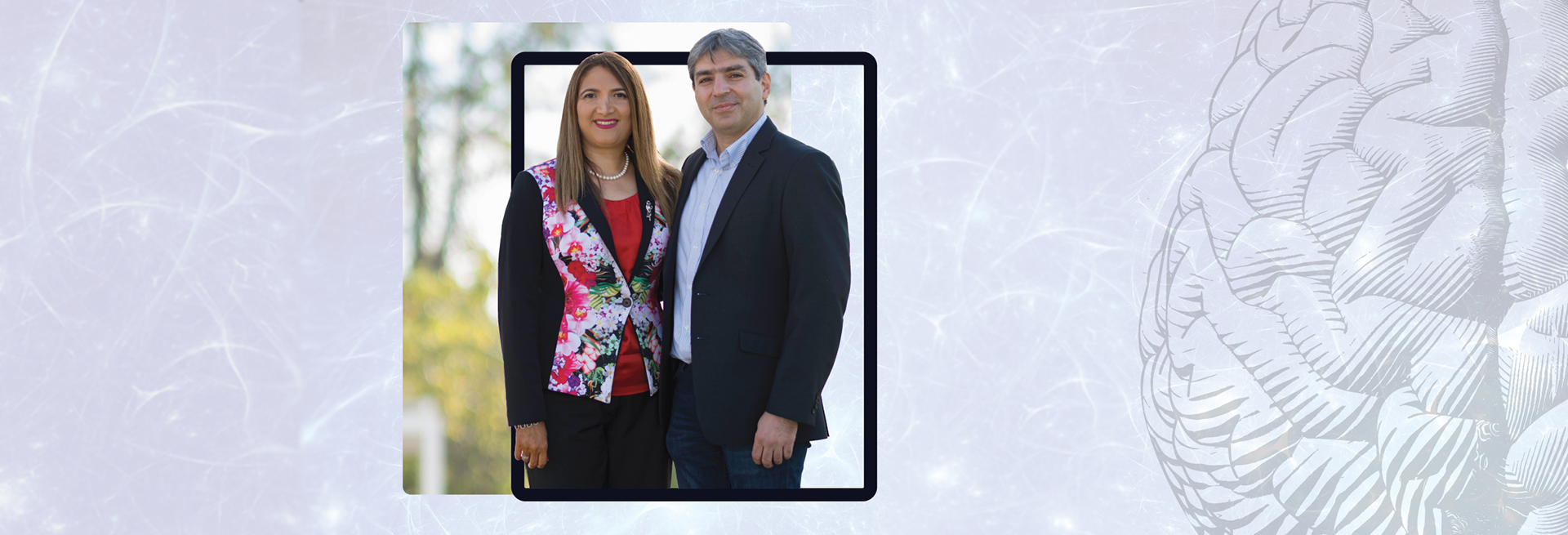Wanted: A new generation of cross-trained bio-engineers to work with neuroscience researchers.
That’s the call answered by husband-and-wife duo Ramin Pashaie, Ph.D., and Mahsa Ranji, Ph.D., who recently joined FAU as associate professors in the College of Engineering and Computer Science, as well as fellows at both the FAU’s Brain Institute and Institute for Sensing and Embedding Network Systems Engineering. The two are collaborating on multidisciplinary, bio-engineering research-and-training efforts to develop technologies to help diagnose and treat brain and nervous system disease and injury.
“We hope to build a bridge between biological and engineering disciplines for brain and nervous system research,” Pashaie said. “We need to train more engineers who are familiar with biological systems and can communicate with experts in neurological disease and injury.
A new generation of bio-engineers would have a leg up in their careers. “Bio-engineering is one of the fastest growing engineering fields,” Ranji said. “The employment market is very strong, involving many different technologies to address a large number of biomedical needs.”
Ranji’s laboratory, for instance, is developing optical imaging technologies to track metabolic changes in brain and retinal tissues and vascular systems. In one major project funded by the National Institutes of Health she is studying changes in the retinal cells of diabetic mice models as the disease progresses. The goal is to create more partnerships and help develop engineering systems for neuroscientists and others to use in research and treatment.”
“We can understand the state of diabetes by looking at how it subtly changes the metabolism in the retina,” she said. “Type II diabetes causes high blood-sugar levels, which can harm tissue and blood vessels in the brain and retina. “If you can monitor and detect these changes in very early stages of the disease and intervene, then you could potentially prevent vision loss.”
Ranji is looking for collaborators among medical researchers and clinicians in the Charles E. Schmidt College of Medicine and the Research Park at Florida Atlantic University.
“This work in optical imaging is fascinating and exciting,” she said, “but for me the bottom line is, will it contribute to early diagnosis or a cure for a disease and an impact on human health?”
We need to train more engineers who are familiar with biological systems and can communicate with experts in neurological disease and injury.
— Ramin Pashaie, Ph.D.
Pashaie envisions a time when the power of engineering hardware and computer software can be partnered with brain and nervous system biology to help more patients with devastating disease and injury. “Engineering capability should be matched with people who are experts on the biological side,” he said. “Veterans are coming from battlegrounds having lost limbs that have been replaced with robotic arms. We need engineers who can learn about the brain and use that knowledge to develop hardware and software that can communicate with the nervous system.”
Pashaie and Ranji came to FAU after a stint as faculty at the University of Wisconsin-Milwaukee. In 1998, they met as graduate students at the K.N. Toosi University of Technology, Tehran, Iran.
“When we visited FAU, I saw a lot of active faculty here in research,” Ranji said. “I knew it would be exciting to be part of this environment and develop a new bioengineering program or department. Because my field is very multidisciplinary, I’m always looking for new collaborators working on diseases who are interested in applying our technology to their models.”
